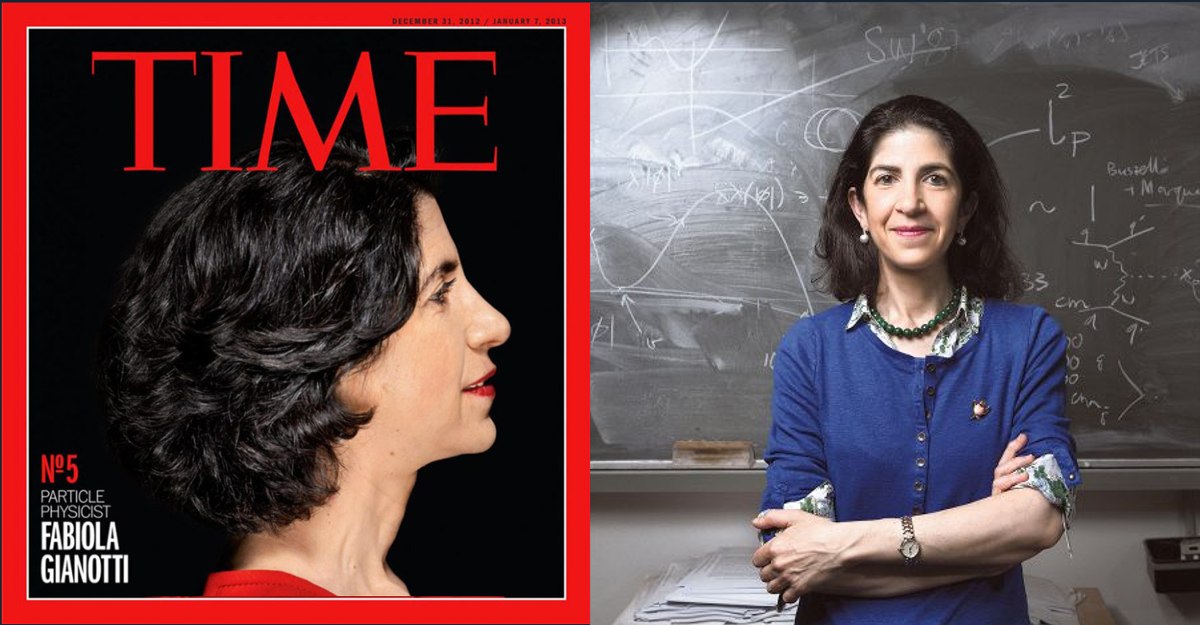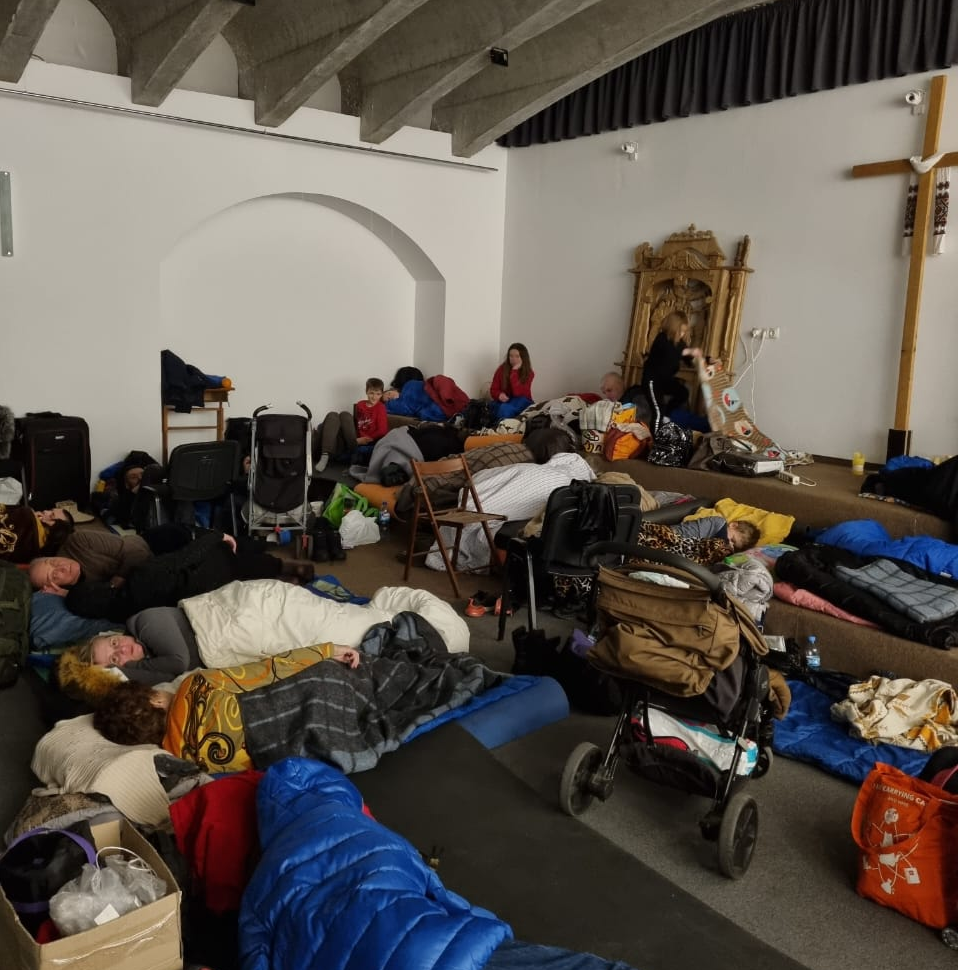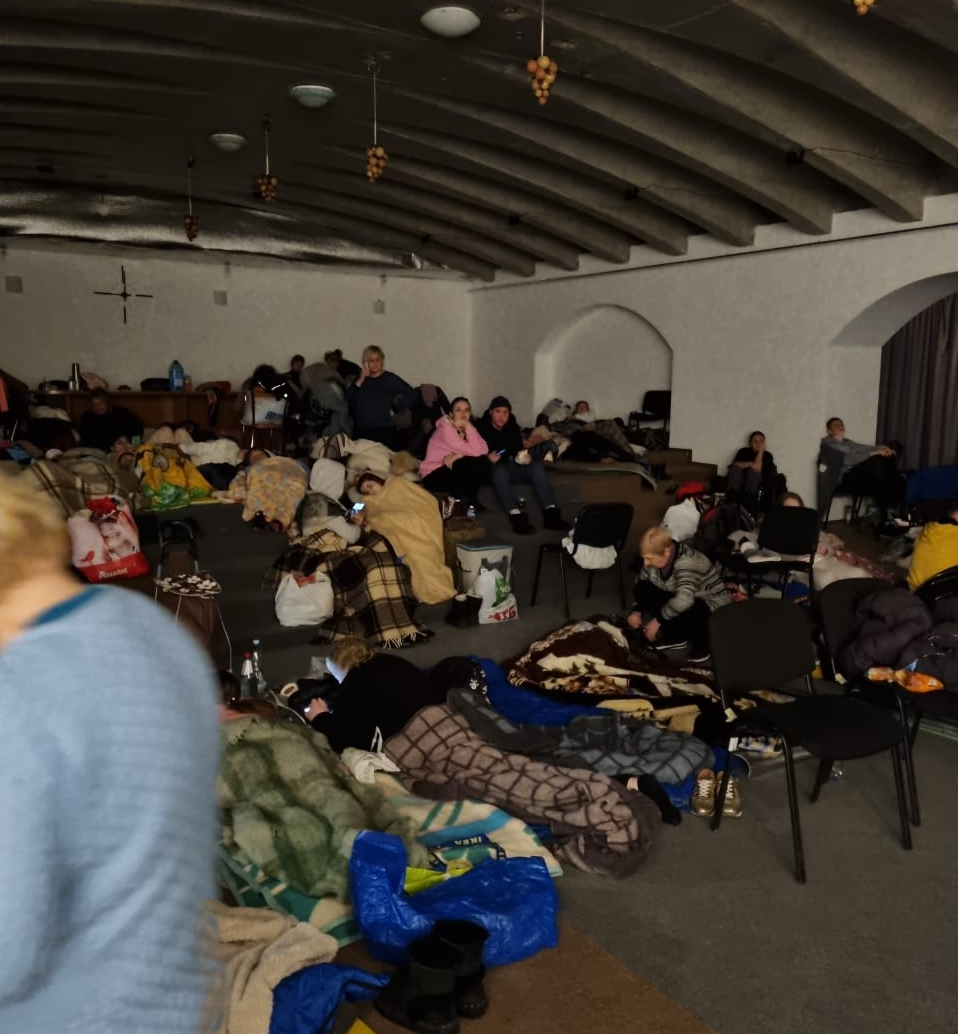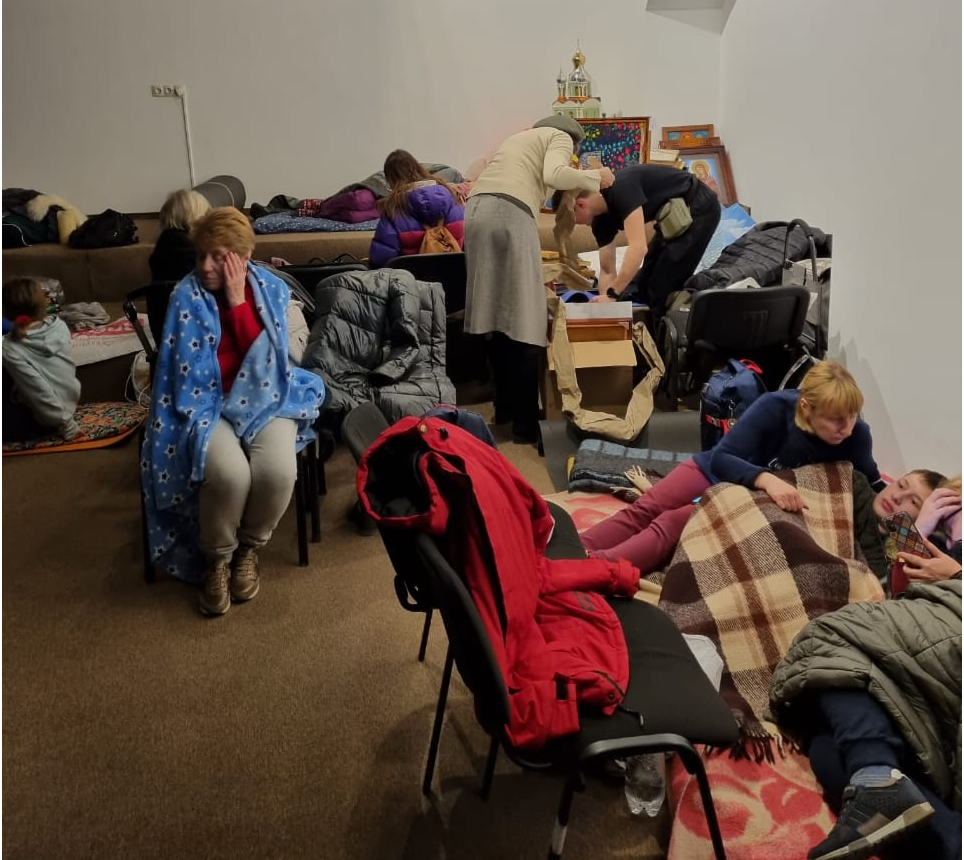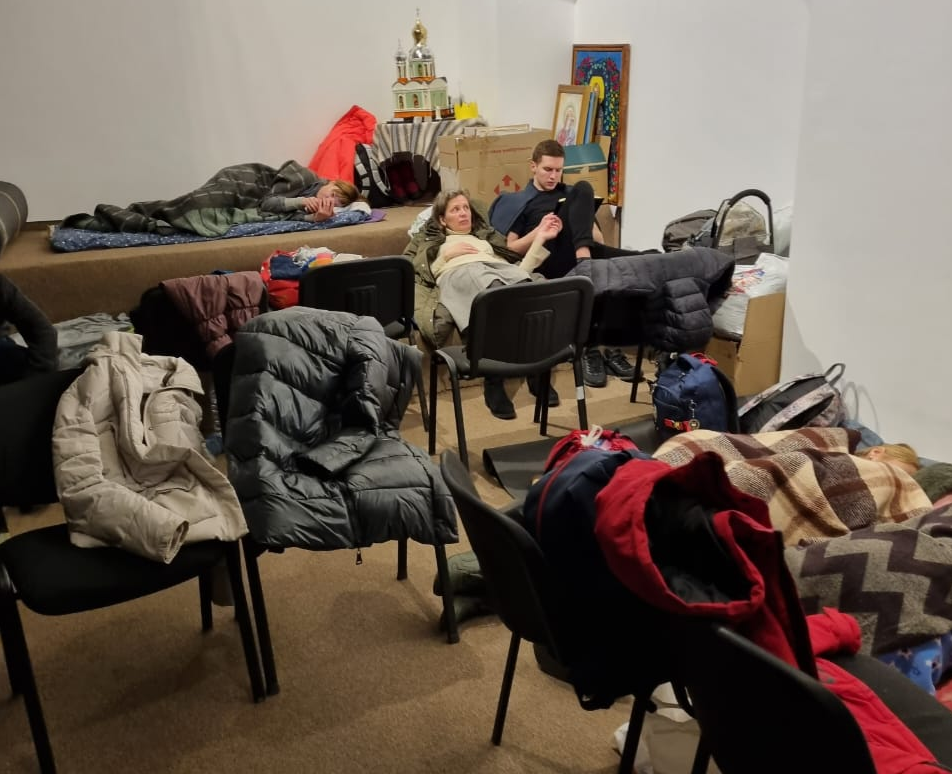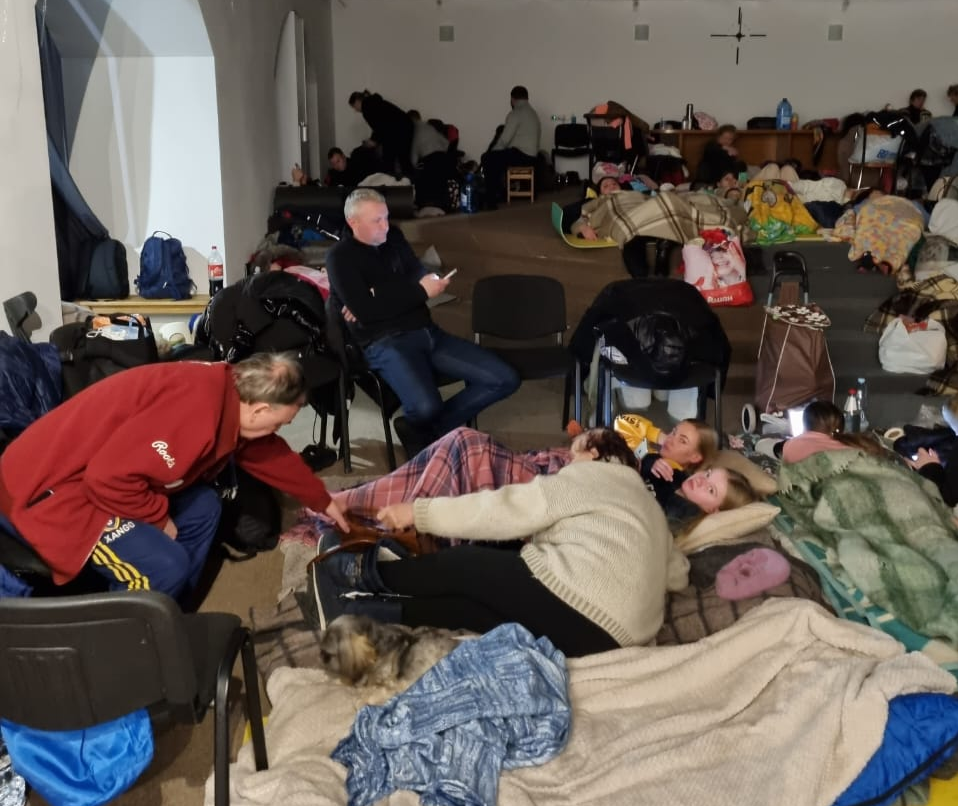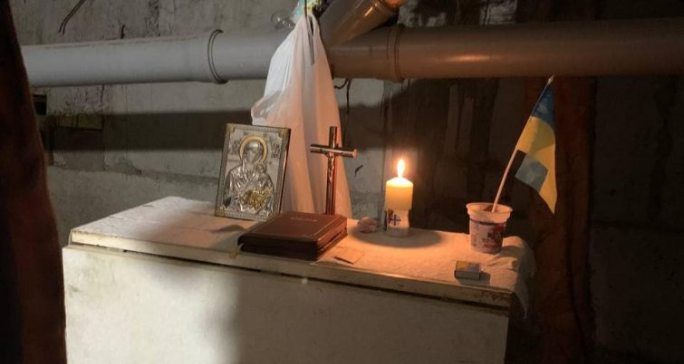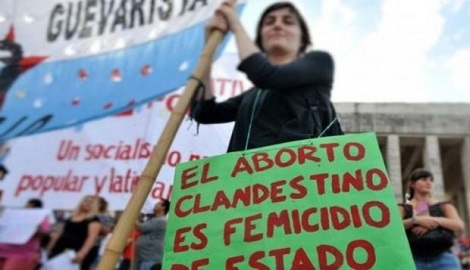Last week the representatives of the Canadian indigenous peoples were received in the Vatican (today an apology from the Pope is expected).
Pope Francis listened to the leaders of the original Métis and Inuit peoples, perceiving the suffering suffered by these people living within the residential school system.
However, it is necessary to pay attention to the narrative: it is one thing to speak of inculturation, of a change of language, of teaching the Catholic religion instead of indigenous spirituality.
Another is to argue that in these government schools, but run by Christian missionaries (including Catholics), a physical genocide took place with the killing of children, who were then buried in mass graves.
These are different plans that should not be confused: the first is true, the second is not.
The same Truth and Reconciliation Commission of Canada that endorsed the “cultural genocide”, however, denied the physical and biological one.
In Kamloops no mass graves, no remains found.
Last month we already talked about the international fake news about the discovery of an alleged mass grave at the Kamloops Indian Residential School. It is a fake, of course.
The easiest proof? There are no photographs of the excavations, nor of the pit and much less of the exhumed human remains.
It all started on May 27, 2021 from a press release by the young anthropologist Sarah Beaulieu who, after analyzing the ground near the school with a georadar, would have detected depressions and anomalies. Hence the hypothesis of a mass grave, without having done even one excavation.
Some indigenous communities added the reference to unmarked graves and in the media it turned into news of the discovery of a mass grave and 215 human remains. Prime Minister Justin Trudeau immediately endorsed the idea of the “dark and shameful chapter” of Canadian history, sparking an uproar.
Residential schools, former students: «We also have good memories».
Former residential school students themselves, such as sisters Pearl Lerat and Linda Whiteman, told Canadian media that the idea of graves belonging to children attending these schools «has a life of its own, it was enough for the media to collect these stories».
These are simple cemeteries, where members of the community were buried as well as children who died of diseases. The same grandparents and parents of the two Canadian sisters are buried there.
«The older ones among us know that there are not only children», they say. «The peasants were buried and even members of the Métis community buried people in our cemetery». So, they admit, «it was very shocking, to say the least» to see the news exploited. «It spread nationwide almost immediately, overnight. I hope something good comes out of it and people learn the truth about it».
They argue that the older generation should have been consulted before current indigenous leaders held press conferences. «Ask for their advice, ask them about the story as they remember it. We were there. We have lived it. We should know», said the former student. «I don’t claim to be 110 years old, to know everything, but I think I have experienced enough what happened in the residential school to remember not only the bad times but also the good ones».
Our interview with the Canadian historian.
One of the first to have pointed out the great misunderstanding behind this whole story was prof. Jacques Rouillard, emeritus professor of History at the University of Montreal and one of the leading experts in Quebec history.
Last February he published a long article in the Canadian magazine L’Action nationale, entitled precisely: Where are the remains of children buried at Kamloops Indian Residential School?
UCCR interviewed him, here’s what he told us (the answers are integrated with what he wrote in his independent research).
QUESTION – Prof. Rouillard, is it historically correct to speak of abuses in residential schools in Canada, considering the Catholic Church as the author of a “colonization” and a “cultural genocide”?
ANSWER – Naturally the French and the British colonized Canada as many other European countries did elsewhere and the Catholic Church wanted to convert the peoples they met to ensure their salvation.
However, the word cultural genocide seems to me to be very strong.
Instead, there was a desire to assimilate indigenous languages, to promote integration into industrial society and to transform certain values that were specific to them. This is inevitable for all pre-industrial societies and continues to be done even today in schools run by indigenous people.
Children learn to speak, read and write in English, they learn mathematics and geography, as well as they are taught to fit into society and go to university. In addition, there are courses in Aboriginal history and languages. And that’s okay, that’s right.
The natives did not have the resources to adapt. Unlike what the United States did with the indigenous peoples, the Canadian elites did not want to reject or marginalize them, but to make them Canadian like the others.
Historian Henri Goulet, in his work on the history of residential schools in Quebec, explains that the desire of the Oblate Missionaries of Mary Immaculate of Quebec (such as Father Jean-Marie Raphaël Le Jeune) was to know the Aboriginal languages and reports that their publications in indigenous language «testify to their desire to keep the native language». Their action was inspired by an effort to highlight the positive aspects of Aboriginal culture and to foster a “more harmonious transition”.
The Oblates’ efforts to mitigate culture shock were not recognized in the report of the Commission de vérité et réconciliation (CVR). This helps fuel the hyper-critical view of residential schools, arguing that religious communities would have little regard for indigenous culture.
The researchers of the Commission did not consult the archives of the Oblate community, limiting themselves almost exclusively to the governmental ones. To justify themselves they claim that these are private institutions but it is a tired excuse as it took them six years to write a report that cost 71 million dollars.
Yet in their diaries, the Oblates faithfully recorded the significant events of the day, after having consulted the chronicles of 8 colleges of Alberta preserved in the archives of the province, we found rich information, in French or English, including the death of students with their names. No secrets.
«The native Canadians? No genocide»
QUESTION – Yet the media (even Catholic ones) continue to take up the news of mass graves in Canada near Catholic schools. Is it true or is it a fiction, as has been demonstrated for that of the Kamloops Indian Residential School?
ANSWER – It is false, there is no mass grave behind these colleges as some would have us believe.
Sometimes you will come across simple cemeteries, such as near the Marieville mission. School students were buried in them, but also members of the local community and the missionaries themselves once they died. The invention of physical genocide was born with the aim of obtaining monetary compensation from the Catholic Church.
On the other hand, is it ever conceivable that monks and nuns, who know children and want their conversion, could have murdered them and buried them in graves without their parents and the Conseil de banda [the representatives of the Indian committees] reacting? It is fiction. These monks and nuns, moreover, came mainly from French-speaking Quebec.
The same report of the CVR states that «for almost all colleges a Christian funeral was the norm» and that the cemetery of the adjoining church «can serve as a burial place for students who die in the college as well as for members of the local community and the missionaries themselves». This is what actually happened in Kamloops as well.
It is not credible that 200 children were secretly buried in a mass grave, in the reserve itself, without any reaction from the Conseil de banda. Furthermore, these religious congregations have worked in Quebec for years in various social works, including orphanages and, as far as I know, no such accusations have ever been made against them.
In the interviews with the “survivors” we read that the mere presence of a furnace in the basement of the schools would suggest that the bodies of the children were burned there. It is always a matter of hypotheses and speculations, the so-called “survivors” have never personally witnessed anything they claim. These rumors have been perpetuated over the years among the indigenous people of Kamloops.
Nobody points out that we are still in the hypothesis phase and that no remains have yet been found, yet the government and the media allow the thesis of the disappearance of thousands of children from boarding schools to be accredited. From an accusation of “cultural genocide” endorsed by the Commission de vérité et réconciliation (CVR), we have moved on to “physical genocide”, a conclusion that the Commission itself explicitly rejects in its report.
Everything is based on the simple discovery of soil anomalies, disturbances that could have been caused by the movements of the roots, as the anthropologist herself recalled during the press conference on July 15. Concrete evidence is needed before the accusations leveled against the Oblates and the Sisters of Saint Anne are inscribed in history. The exhumations have not yet started and no remains have been found. A crime committed requires verifiable evidence.
«The natives of Canada died of tuberculosis»
QUESTION – Recently James C. McCrae, former Attorney General of Manitoba and Tom Flanagan, Professor Emeritus of Political Science at the University of Calgary, have also questioned the reliability of the National Student Memorial Register, the register that lists children who have never returned home from residential schools. A “fraudulent list” is defined as people who did not attend these schools have been included and the NCTR managers themselves admit that they do not verify the history of the children, inserted at the request of families to “remember their lost children among the names of their classmates”. What do you think?
ANSWER – I have little experience of this specific thing but I know for sure that we absolutely must not trust the NCTR which is subject to the guidance of some members of the indigenous community and has repeatedly demonstrated that it adheres to conspiracy theories towards the Canadian State and the Catholic Church.
According to the same data provided by the Commission de vérité et reconciliation (CVR), the mortality rate in young people attending residential schools was on average about 4 deaths per year for every 1,000 young people and the main cause was due to tuberculosis and flu.
Despite partial sources of information, however, the commission concedes surprising claims by arguing that «it was not common practice for most residential schools to return the remains to the communities of origin» and that «their parents were often not informed of the disease or of death». The source is incomplete archives and it is serious if they come from an official commission of inquiry. I understand who is invoking the need for further investigation.
The reality is far from these claims, where information is available we learn instead that the parents have been informed and that the children are buried in the cemetery of their reserve. Since 1935 the Department of Indian Affairs has imposed a specific procedure in the event of the death of a student.
«More than the Pope’s apologies, millionaire compensation»
QUESTION – At the beginning of March, two other Canadian residential school scholars wrote in turn: «There is no trace of a single student killed in the 113-year history of residential schools». Does this statement correspond to historical truth?
ANSWER – I agree with what they write. In Canada we have never prosecuted a religious community for killing a single child. On the other hand, no names of children allegedly buried in a mass grave are offered, nor the names of their parents who complained of their disappearance.
With the visit to the Pope, the Canadian media are becoming spokespersons for the indigenous communities but no criticism, even the slightest, is accepted even if sometimes absurdities are alleged. It only repeats that religious communities are guilty and the Pope should apologize.
It seems that the excavations in Kamloops have been authorized, which is good news. However, it would have been better if they had taken place last autumn, so as to know the truth and prevent Pope Francis from coming to Kamloops to apologize on the basis of unproven hypotheses. However, many doubt that the excavations will ever take place, given the importance of the stakes, they should be conducted under the supervision of an independent commission.
I would like to point out this article which illustrates the goal of Aboriginal leadership well.
QUESTION – Basically it seems that the goal is a millionaire compensation in the face, however, of evidence that is anything but ascertained.
ANSWER – The Canadian government has paid enormous sums to the “survivors” of residential schools, it is more understandable why indigenous leaders want to get the same from the Catholic Church.
Net of this, however, the Aborigines certainly have many complaints to the Canadian government and people.
 The spiers of the cathedral, the city’s symbol for centuries, have been deleted from the logo of the city of Cologne. The pretext is a modernization for social networks, the reality is the removal of any symbol deemed politically incorrect.
The spiers of the cathedral, the city’s symbol for centuries, have been deleted from the logo of the city of Cologne. The pretext is a modernization for social networks, the reality is the removal of any symbol deemed politically incorrect.
 11 April, 2022
11 April, 2022






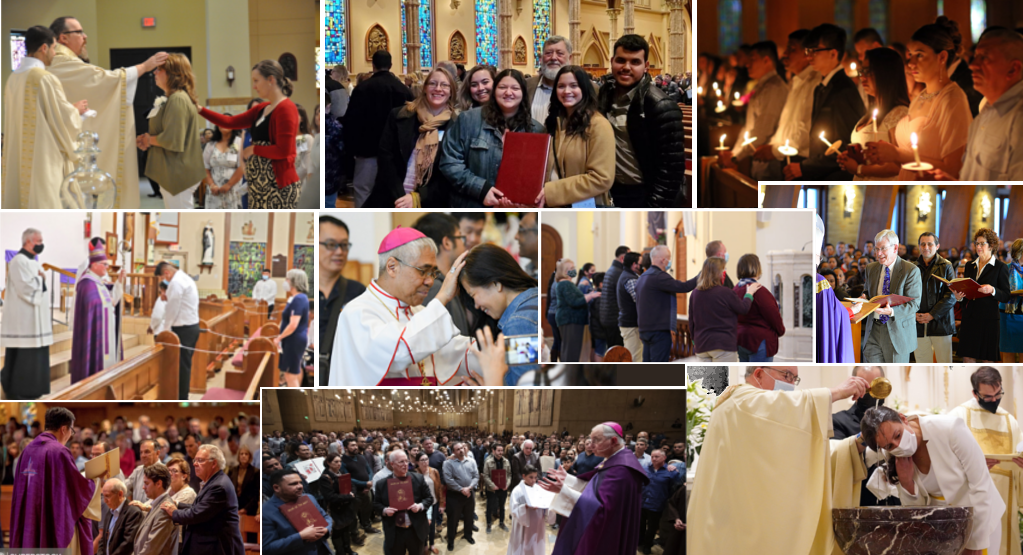 Also this year, during the Easter Vigil, thousands of adults will be baptized all over the world determined to belong to the Catholic Church. An important moment for their life following the conversion and the joy of the Christian encounter.
Also this year, during the Easter Vigil, thousands of adults will be baptized all over the world determined to belong to the Catholic Church. An important moment for their life following the conversion and the joy of the Christian encounter.

 The pressure in favor of post-partum abortion continues with the same arguments in favor of pre-birth abortion. Philosopher Walter Veit sees no difference between fetus and newborn, so if abortion is morally accepted, there is no reason to oppose infanticide. Like him many others, even in Italy.
The pressure in favor of post-partum abortion continues with the same arguments in favor of pre-birth abortion. Philosopher Walter Veit sees no difference between fetus and newborn, so if abortion is morally accepted, there is no reason to oppose infanticide. Like him many others, even in Italy. A collection of quotes from the leading international specialists of the Inquisition, united against the myth that prevents the results of modern historiography from reaching the general public. What is said of the Catholic inquisitorial courts is largely false: few sentences, no oppressive system, little use of torture.
A collection of quotes from the leading international specialists of the Inquisition, united against the myth that prevents the results of modern historiography from reaching the general public. What is said of the Catholic inquisitorial courts is largely false: few sentences, no oppressive system, little use of torture.